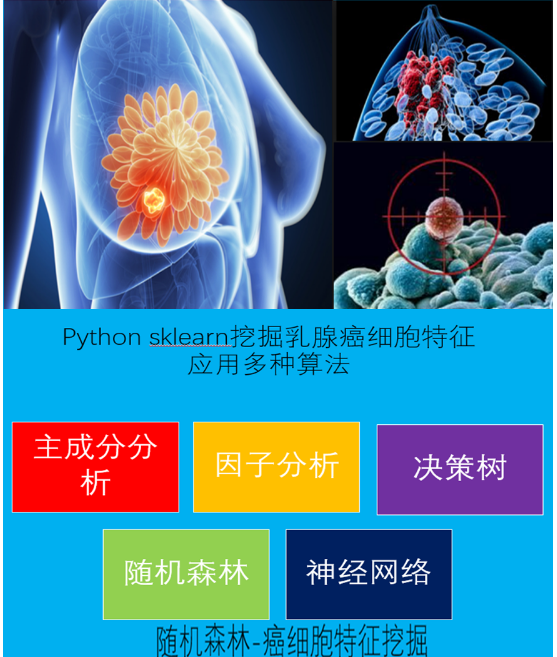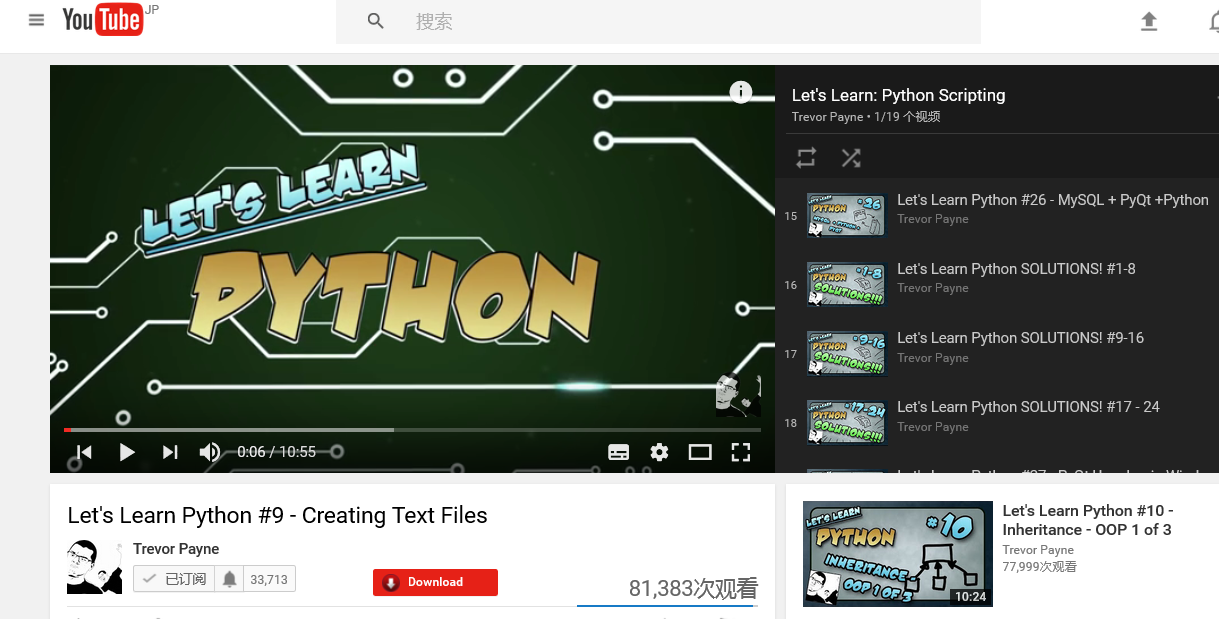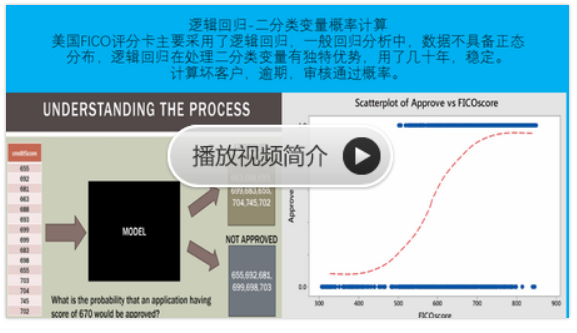sklearn实战-乳腺癌细胞数据挖掘(博主亲自录制视频)

qt desiner 是一个GUI设计,他可以包容各种语言,可视化拖动操作,qt代码就像html
pyqt是Python的一个库,他可以实现gui设计,也可以把qt代码转换为Python代码。
具体视频资源
https://www.youtube.com/watch?v=DRZdfd5_rdg&list=PL82YdDfxhWsC-3kdTKK2_mwbNdBfVvb_M

qt designer去官网下载,用360浏览器可以正常下载,火狐浏览器不行,估计qt官网采用最新的w3前段技术
,下载是本地网络不行,用VPN下载 ,中断率很过,费时间,日本线路有的可以。。。
他那服务器挺慢,要下载几个G的东西经常卡死,我之前也像你一样,所以建议直接下载完整的安装包
另外一些安装配置方面的问题可以参看:http://wenku.baidu.com
/link?url=MSt8AcsPyVViPlkA6tGweOxV_DBdtiNhZkHA_aOcn4rnY83FwvVzVO26QYMa28gPmMXqykpj2ERQ82u0SQ0oFGhcWeV1a5JbPcaAUfdbUHa
What is PyQt?
PyQt is a set of Python v2 and v3 bindings for The Qt Company's Qt application framework and runs on all platforms supported by Qt including Windows, OS X, Linux, iOS and Android. PyQt5 supports Qt v5. PyQt4 supports Qt v4 and will build against Qt v5. The bindings are implemented as a set of Python modules and contain over 1,000 classes.
The Qt Company no longer supports Qt v4. PyQt5 and Qt v5 are strongly recommended for all new development.
PyQt is dual licensed on all supported platforms under the GNU GPL v3 and the Riverbank Commercial License. Unlike Qt, PyQt is not available under the LGPL. You can purchase the commercial version of PyQt here. More information about licensing can be found in the License FAQ.
PyQt does not include a copy of Qt. You must obtain a correctly licensed copy of Qt yourself. However, binary wheels of the GPL version of PyQt5 are provided and these include a copy of the LGPL version of Qt.
PyQt Components
A description of the components of PyQt5 can be found in the PyQt5 Reference Guide.
A description of the components of PyQt4 can be found in the PyQt4 Reference Guide.
Why PyQt?
PyQt brings together the Qt C++ cross-platform application framework and the cross-platform interpreted language Python.
Qt is more than a GUI toolkit. It includes abstractions of network sockets, threads, Unicode, regular expressions, SQL databases, SVG, OpenGL, XML, a fully functional web browser, a help system, a multimedia framework, as well as a rich collection of GUI widgets.
Qt classes employ a signal/slot mechanism for communicating between objects that is type safe but loosely coupled making it easy to create re-usable software components.
Qt also includes Qt Designer, a graphical user interface designer. PyQt is able to generate Python code from Qt Designer. It is also possible to add new GUI controls written in Python to Qt Designer.
Python is a simple but powerful object-orientated language. Its simplicity makes it easy to learn, but its power means that large and complex applications can be created. Its interpreted nature means that Python programmers are very productive because there is no edit/compile/link/run development cycle.
Much of Python's power comes from its comprehensive set of extension modules providing a wide variety of functions including HTTP servers, XML parsers, database access, data compression tools and, of course, graphical user interfaces. Extension modules are usually implemented in either Python, C or C++. Using tools such as SIP it is relatively straight forward to create an extension module that encapsulates an existing C or C++ library. Used in this way, Python can then become the glue to create new applications from established libraries.
PyQt combines all the advantages of Qt and Python. A programmer has all the power of Qt, but is able to exploit it with the simplicity of Python.
For more details, including some simple programming examples, you can download a copy of the PyQt Whitepaper.
